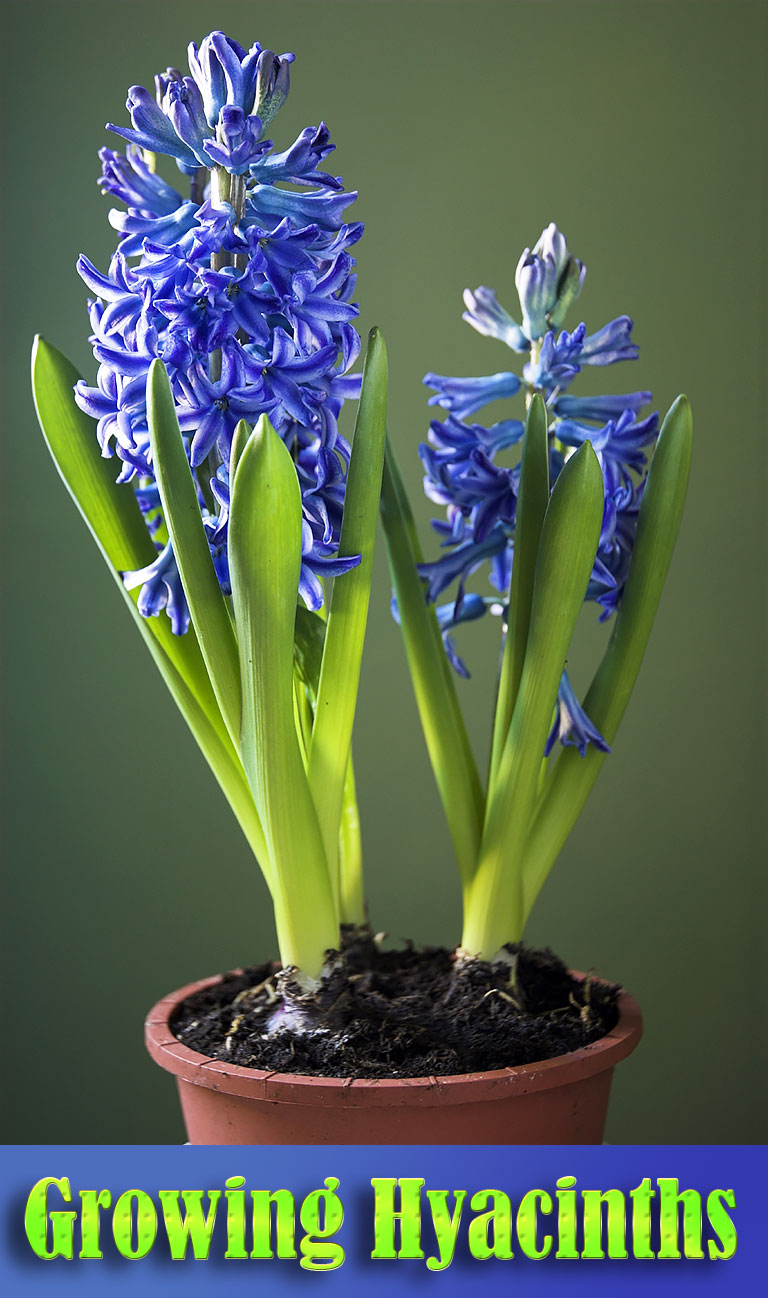
Hyacinth is the common name for approximately 30 perennial flowering plants of the genus Hyacinthus (order Liliales, family Liliaceae) of the Mediterranean region and Africa. The intoxicating scent and vibrant colors of hyanciths make them a favorite spring-flowering bulb.
About Hyacinth
Favored for their intense colors and heady fragrance, hyacinths are a staple of the spring garden along with daffodils and tulips. Hyacinths are spring-flowering bulbs with long, narrow leaves that are folded lengthwise. Hyacinths are highly fragrant flowers that bloom in dense clusters. The plants’ stately appearance makes them prized in formal bulb plantings. Flower colors include rich magenta and deep indigo as well as paler pinks, baby blues, yellows and white. The bulbs are also easy to force into bloom indoors.
The common garden Hyacinth, Hyacinth Orientalis, originated in Anatolia and was brought to Europe in the 16th century. The Hyacinth bulb produces a dense, compact spike of flowers, 6-12 inches (15-30 cm) tall. Hyacinths are highly fragrant, bell-shaped flowers with reflexed petals. The waxy, densely-packed florets come in shades of white, peach, orange, salmon, yellow, pink, red, purple, lavender and blue. The 7-8 leaves of the hyacinth are fleshy, glossy green and strap shaped. The bulb is a light purple or cream in color and are covered with dry, papery, skin-like layers.
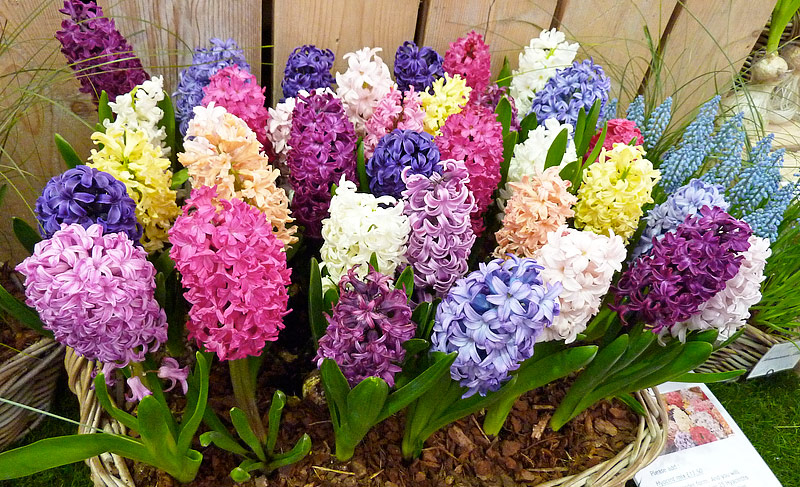
Hyacinth Varieties
- Single Hyacinths : The full heads on these classic hyacinths look good in the garden or when forced in pots. The Blue Giant is one of the largest singles which has sky blue flowers with dark blue veins.
- Double Hyacinths : Fluffy whorls of colorful flowers are arranged on 10-12 inch stems. Hollyhock is an outstanding variety that features dark pink blooms.
- Multiflora Hyacinths : Each bulb produces a number of flower stalks with loose arrangements of flowers. These are less formal than singles and doubles.
Growing Hyacinths
Select a site with full sun to light shade and well-drained soil.
- Plant hyacinth bulbs in fall, 6 to 8 weeks before a hard frost is expected and when soils are below 60 degrees F.
- This is usually during September and October in the North, and October and November in the South.
- Prepare the garden bed by using a garden fork or tiller to loosen the soil to a depth of 12 to 15 inches, then mix in a 2 to 4-inch layer of compost.
- Dig a hole 6 to 8 inches deep.
- Set the bulb in the hole, pointy end up, then cover with soil and press firmly.
- Space bulbs 4 to 6 inches apart.
- Water thoroughly after planting.
After they bloom in spring, allow the plants to grow until the leaves die off. They need time after blooming to store energy in the bulbs for next year. To remove the dead plant, either snip them off at the base, or twist the leaves while pulling lightly.
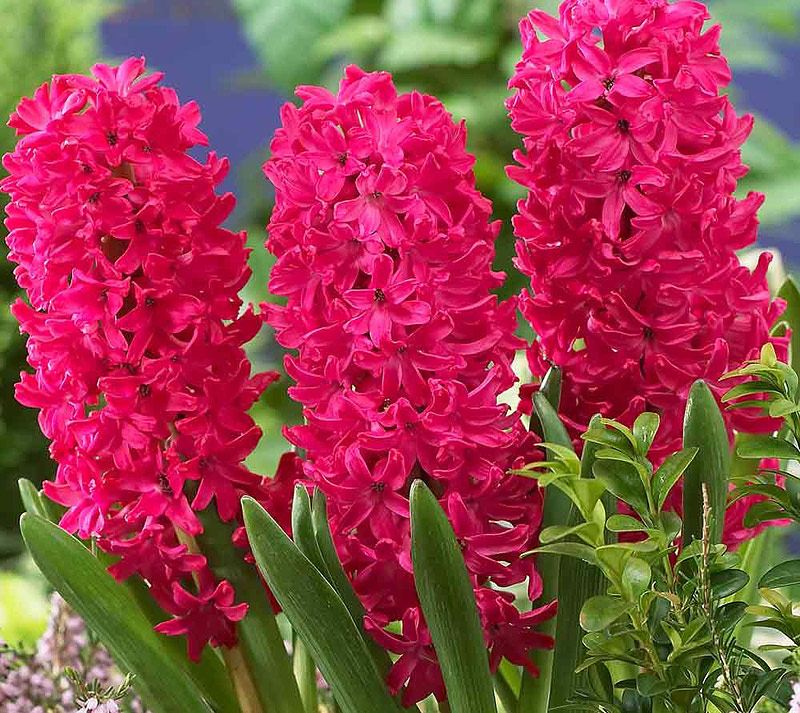
Care
Keep hyacinths watered during dry spells in the fall. After plants are finished flowering in spring, cut back flower stalks but allow the leaves to die back naturally, hiding the unsightly foliage with annual or perennial plantings. An annual application of compost should provide adequate nutrients. Flower size may decline in subsequent years, so some gardeners treat hyacinths as annuals and plant fresh bulbs each fall.


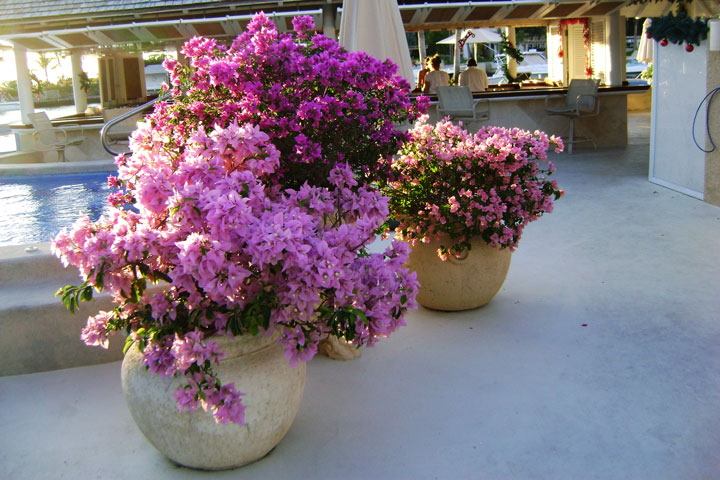

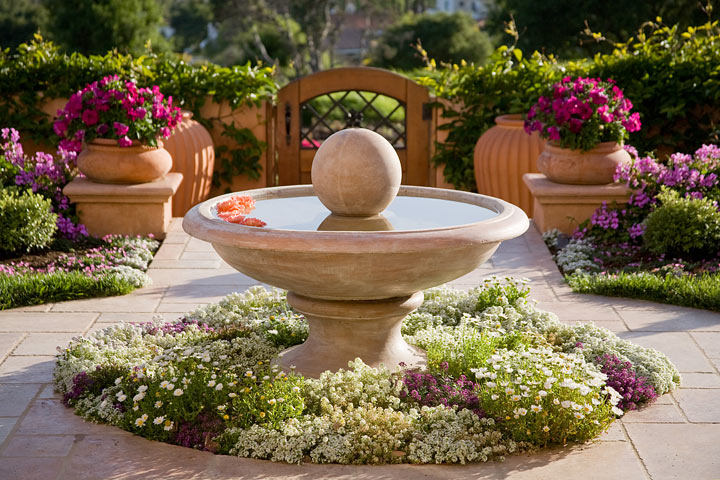
Leave a Reply